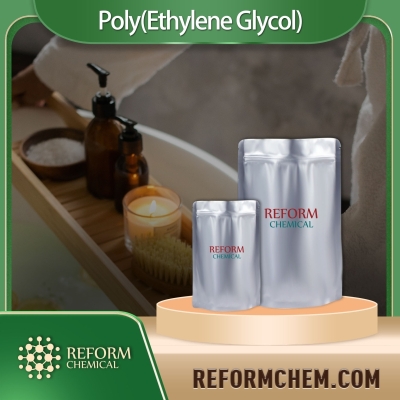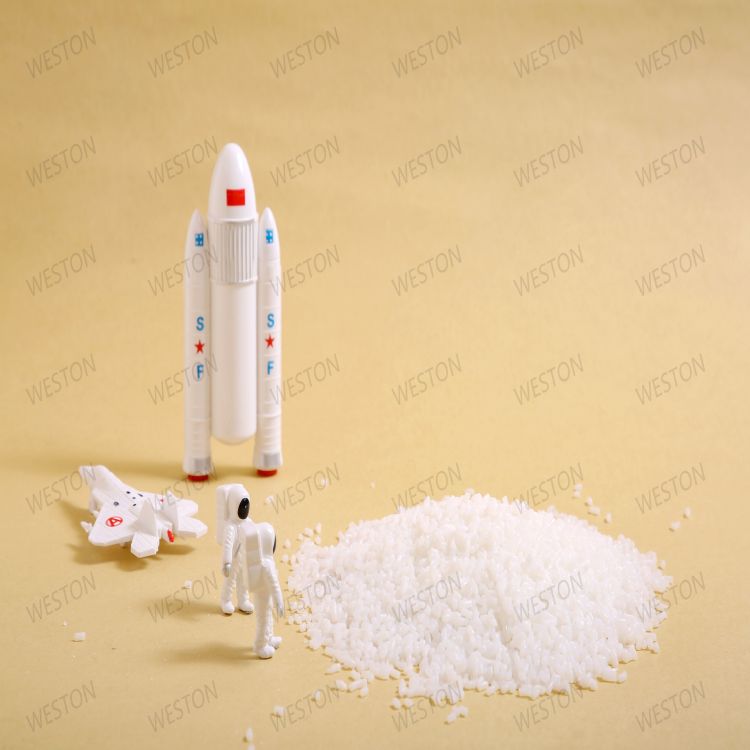-
Categories
-
Pharmaceutical Intermediates
-
Active Pharmaceutical Ingredients
-
Food Additives
- Industrial Coatings
- Agrochemicals
- Dyes and Pigments
- Surfactant
- Flavors and Fragrances
- Chemical Reagents
- Catalyst and Auxiliary
- Natural Products
- Inorganic Chemistry
-
Organic Chemistry
-
Biochemical Engineering
- Analytical Chemistry
-
Cosmetic Ingredient
- Water Treatment Chemical
-
Pharmaceutical Intermediates
Promotion
ECHEMI Mall
Wholesale
Weekly Price
Exhibition
News
-
Trade Service
As climate change intensifies and the demand for clean energy increases, energy storage technology has become the holy grail of renewable energy, and research on this technology has begun to progress
in the past five years.
Solar panels and wind turbines are becoming more common worldwide, and they will need batteries
capable of storing electricity when they can't generate electricity.
Recently, researchers at Harvard University have developed a flow battery that can store electrical energy in liquid containers and use non-toxic, non-corrosive and non-combustible materials
.
In the race to develop the battery of the future, researchers at Harvard University took the lead in showing a unique solution
.
They said that the newly developed flow battery is inexpensive, and the use of non-toxic, non-corrosive, non-combustible battery materials is their first
.
Michael Aziz, a professor of engineering at Harvard University, said this is a huge advance in batteries and offers the possibility
for everyone to use.
This battery is non-corrosive and very safe, so it is suitable
for use in both the commercial field and the domestic scope.
More than 20 years ago, Sony developed lithium-ion batteries for personal electronics, but the batteries had certain flaws
.
Such batteries are expensive, especially for large models, and are flammable
.
Lithium-ion batteries have caused some electric cars to catch fire, and shipments of lithium-ion batteries have even ignited transport aircraft
.
Therefore, researchers are improving lithium batteries while seeking their replacements
.
Some researchers, such as Harvard University, which received funding from the U.
S.
Department of Energy, are not only exploring new combinations of battery raw materials, but also experimenting with nanomaterials
.
12Next View full article
As climate change intensifies and the demand for clean energy increases, energy storage technology has become the holy grail of renewable energy, and research on this technology has begun to progress
in the past five years.
Solar panels and wind turbines are becoming more common worldwide, and they will need batteries
capable of storing electricity when they can't generate electricity.
Recently, researchers at Harvard University have developed a flow battery that can store electrical energy in liquid containers and use non-toxic, non-corrosive and non-combustible materials
.
In the race to develop the battery of the future, researchers at Harvard University took the lead in showing a unique solution
.
They said that the newly developed flow battery is inexpensive, and the use of non-toxic, non-corrosive, non-combustible battery materials is their first
.
Michael Aziz, a professor of engineering at Harvard University, said this is a huge advance in batteries and offers the possibility
for everyone to use.
This battery is non-corrosive and very safe, so it is suitable
for use in both the commercial field and the domestic scope.
More than 20 years ago, Sony developed lithium-ion batteries for personal electronics, but the batteries had certain flaws
.
Such batteries are expensive, especially for large models, and are flammable
.
Lithium-ion batteries have caused some electric cars to catch fire, and shipments of lithium-ion batteries have even ignited transport aircraft
.
Therefore, researchers are improving lithium batteries while seeking their replacements
.
Some researchers, such as Harvard University, which received funding from the U.
S.
Department of Energy, are not only exploring new combinations of battery raw materials, but also experimenting with nanomaterials
.
12Next View full article
12Next View full article






